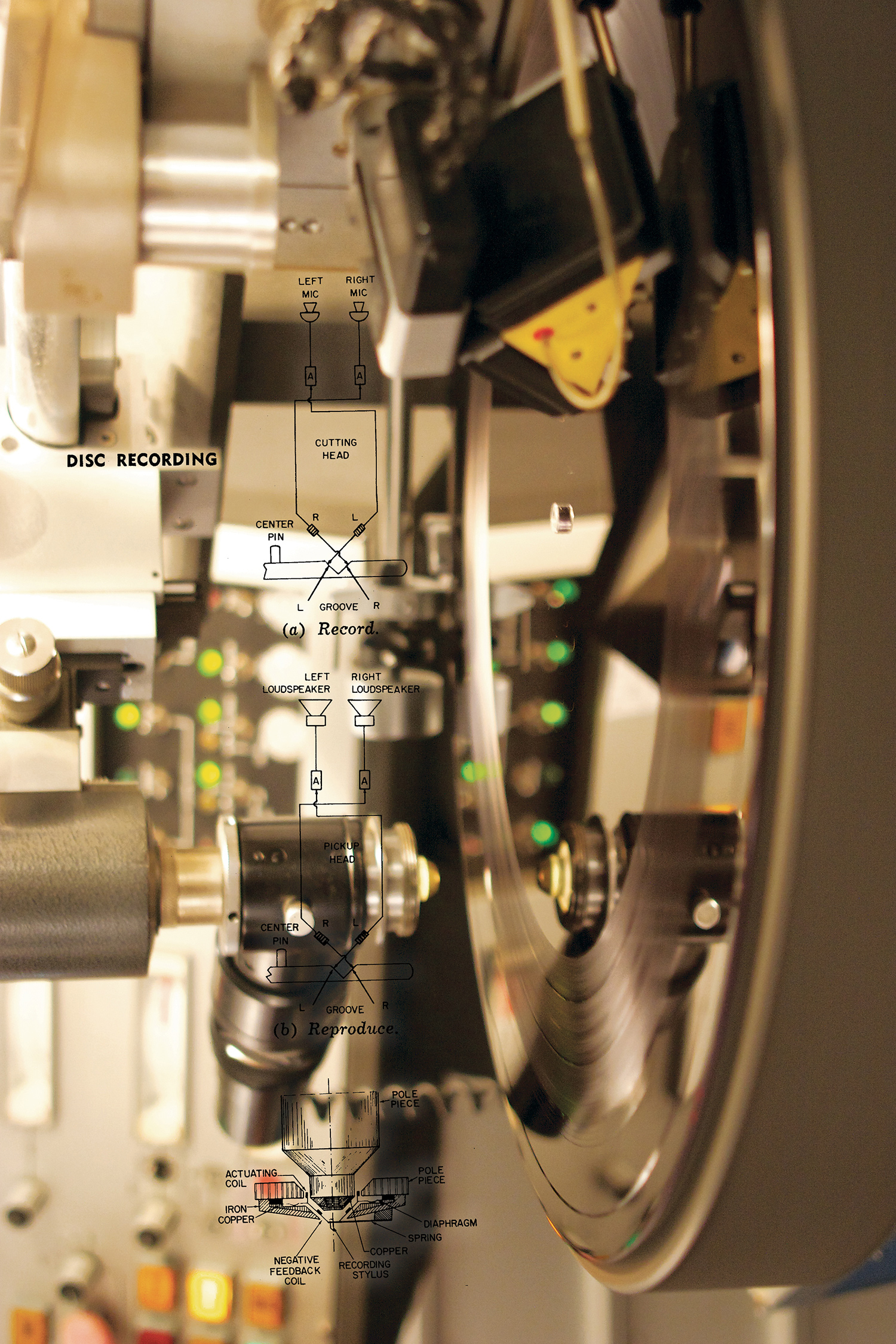The revised Universal Audio Apollo series of interfaces are selling so well that we had a hard time getting a review unit. We were impressed with the price and performance of the original Apollo interfaces [Tape Op #95, #99, #101] and wanted to see more. Two issues ago, Dana Gumbiner covered the Apollo 8p Thunderbolt 2 model [#111]. This review examines the Apollo 16 Thunderbolt 2, which swaps the 8p's Unison preamps for double the AD/DA count.
When Universal Audio announced these second- generation Apollo "black" models, I received emails from first-gen owners asking me for advice. They were concerned that the original "silver" versions were somehow obsolete. Without a review unit in hand, it was hard to say, but I reminded them that updated UA products do mean changes or improvements, but one should not assume there were problems with the originals. Consider the discontinued UA 2192 interface [Tape Op #39], which still sells rapidly in used markets. That box is over a dozen years old, and people still want it. Good luck trying to buy a used UA 2108 preamp [#31]. In short, the best way to think about the new Apollos is that they are super cool if you've yet to buy any TB interface, and great for owners of silver Apollos who are ready for I/O and DSP expansion.
As the name explains, the new Apollo 16 Thunderbolt 2 supports the Thunderbolt 2 standard. With two TB2 ports, you can daisy-chain TB2 peripherals (like 4K monitors or other second-gen Apollo interfaces), as well as original TB gear (including first-gen Apollos equipped with TB cards). This scheme simplifies multi-Apollo wiring, but it will not work with Apollo FireWire drivers. All is not lost. You can still connect a UAD-2 Satellite FireWire processor [Tape Op #83] to the same TB bus as the new Apollos via a $29 Apple Thunderbolt to FireWire Adapter, but you can no longer connect the Satellite using a FW cable into a daisy-chained silver Apollo's FW ports.
Along with this new generation comes UAD v8.5 software, which includes enhancements for multi-unit systems. You can now link up to four Apollo interfaces plus two more UAD-2 devices (PCIe, or Satellite Thunderbolt/FireWire). Simply connect each Apollo to the next unit with a single TB cable (TB is a bi-directional protocol). No longer needed are MADI or ADAT connections. A maxed Apollo-based system could house up to 44 processor chips (a single Apollo 16's four DSP chips + five UAD-2 OCTO devices). Thinking back, that's the equivalent of 132 of the original UAD-1 cards [Tape Op #41]. Wow. As mentioned in Dana's review, with real-time processing, you can record through UAD plug-ins with very low-latency. In the past, that was an all-or-nothing feature; however, the new Console application allows users to enable this on a track-by-track basis, which is a boon for those who track through guitar amp, mic, or preamp models.
In use, the new A/D converters seem to offer a slight improvement, but admittedly, the difference was tough to hear. The D/A improvement is a bit more noticeable in clarity. The specs call out greater dynamic range, lower total harmonic distortion, and better signal-to-noise ratio. If you're summing out of the box with a mixed-generation set of Apollos, you might want to route overheads, vocals, and tracks that benefit from enhanced localization through the new DACs. Sources like kick, snare, and rhythm guitar are more-than-adequately served by the original converters. In short, the new converters sound a little better, but don't obsess over it. Bask in the added DSP power and I/O, and go make records.
A final nice-to-have feature of the new Apollo 16 Thunderbolt 2 is the ability to bypass the monitor output gain circuitry. This is irrelevant if you use the Console software for cue mixes, but if your studio has invested in a dedicated monitor controller, you now have a straighter path to avoid any gain-staging incidents that could occur.
I'm having a tough time finding things to complain about regarding this new release. I would prefer if a TB cable were included with the device. It's a drag wanting to get to work and having to source a cable — good thing we had extras on hand. I understand TB is not as widely used as USB (there go the savings in economies of scale) and that there are active electronics inside TB cables (there goes the perception that it's just a string of copper with a different termination), so Universal Audio can't just give away free ones. But this goes for any TB peripheral, so be aware of cabling requirements before you buy.
Whether you're already an owner of an original silver Apollo or looking to invest in your first TB interface, the Apollo 16 Thunderbolt 2 provides a lot of I/O while boosting your plug-in capacities with an integral UAD-2 QUAD processor. The real choice comes if you want to track through the Unison preamps (in that case, check out the Apollo 8p) or if you need more I/O (if so, the Apollo 16 is for you). If you can't decide, get one of each.




_disp_horizontal_bw.jpg)